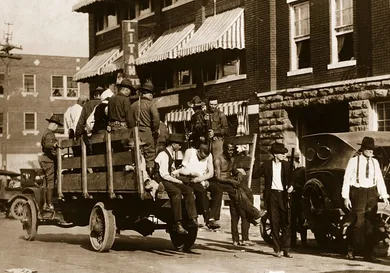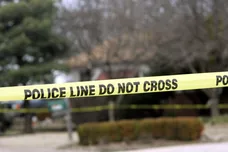Of the many moments in American history where the country's deep-rooted racial tensions can be seen most visibly, the 1921 Tulsa Race Massacre ranks high. The massacre occurred between May and June in 1921 in the thriving, predominantly Black Greenwood District of Tulsa Oklahoma, when mobs of white residents attacked Black residents and businesses. The white mob, numbered in the thousands, destroyed all 36-square-blocks of the bustling community, burning and bombing everything in their path.
It's estimated upwards of 300 Black citizens were massacred and buried in mass graves, with the total mob-damage estimated to be at or around 200 million in today's currency. Neither the City of Tulsa nor the Tulsa County has provided any sort of restitution or reparations for the three living survivors nor descendants of the tragic slaughter. According to a new statement from The 1921 Tulsa Race Massacre Centennial Commission, this is about to change.
"We believe strongly in reparations. Our focus is on the larger scope of reparations, which means repairing past damages and making amends through acknowledgment, apology, and atonement. This process is central to racial reconciliation in Tulsa," the statement reads.
They go on to declare, "Survivors and descendants deserve remedy and reparation for the atrocities of 1921. The Centennial Commission’s work toward reparations falls in restitution through advocacy for investment in education, infrastructure and economic development in North Tulsa."
In terms of exactly what the reparations will look like, they explained, "Reparations may take both individual and communal forms. Monetary damages are a type of individual reparations, and we believe that this is an important subject for discussion." They added, " Monetary investments in public spaces, public facilities, and economic initiatives are a type of communal reparations. These forms of reparations are complementary, not mutually exclusive. Both are important.
[via]







